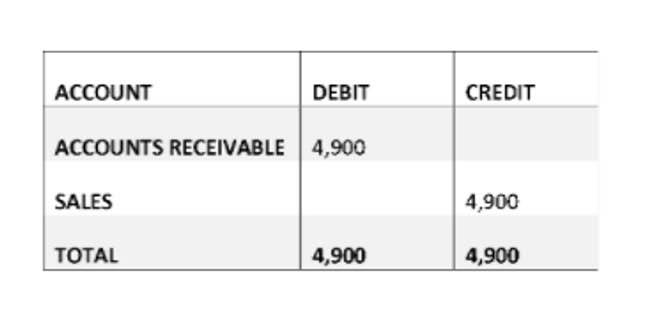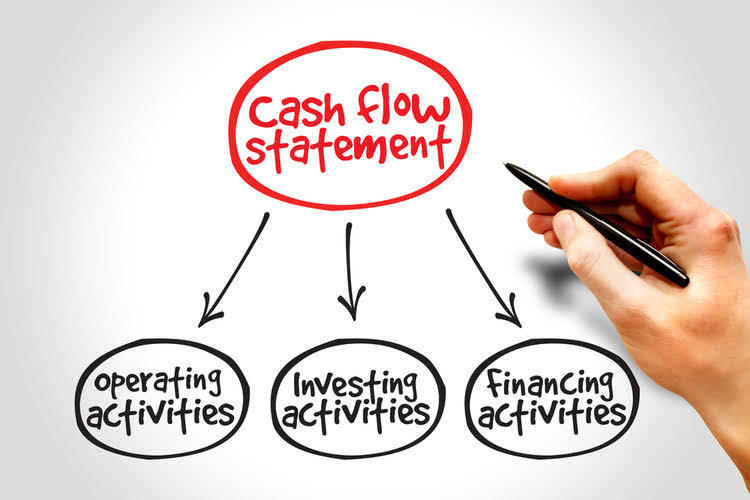Publication 534 11 2016, Depreciating Property Placed in Service Before 1987 Internal Revenue Service
The remaining recovery period at the beginning of the next tax year is the full recovery period less the part for which depreciation was allowable in the first tax year. If this convention applies, the depreciation you can deduct for the first year that you depreciate the property depends on the month in which you place the property in service. Figure your depreciation deduction for the accounting services for startups year you place the property in service by multiplying the depreciation for a full year by a fraction. The numerator of the fraction is the number of full months in the year that the property is in service plus ½ (or 0.5). The following table shows the declining balance rate for each property class and the first year for which the straight line method gives an equal or greater deduction.
What Is Useful Life?
For information about the uniform capitalization rules, see Pub. 551 and the regulations under section 263A of the Internal Revenue Code. The basis of real property also includes certain fees and charges you pay in addition to the purchase price. These are generally shown on your settlement statement and include the following. You cannot use MACRS for property you placed in service before 1987 (except property you placed in service after July 31, 1986, if MACRS was elected).
Depreciation of Business Assets
Tara Corporation, a calendar year taxpayer, was incorporated and began business on March 15. During December, it placed property in service for which it must https://marylanddigest.com/navigating-financial-growth-leveraging-bookkeeping-and-accounting-services-for-startups/ use the mid-quarter convention. This is a short tax year of other than 4 or 8 full calendar months, so it must determine the midpoint of each quarter.
- You can subtract from your estimate of salvage value an amount equal to 10% of your basis in the property.
- The ACRS percentages for 19-year real property depend on when you placed the property in service in a trade or business or for the production of income during your tax year.
- Dean does not have to include section 179 partnership costs to figure any reduction in the dollar limit, so the total section 179 costs for the year are not more than $2,890,000 and the dollar limit is not reduced.
- Buildings have much longer depreciation periods, typically in the range of 20 to 30 years.
- The recovery period and method of depreciation that apply to the listed property as a whole also apply to the improvement.
- If you use leased listed property other than a passenger automobile for business/investment use, you must include an amount in your income in the first year your qualified business-use percentage is 50% or less.
What Is an Example of Depreciation?
You can’t claim depreciation on your personal taxes because depreciation is a form of a business expense. If you own property with both business and personal uses, like a car, you can only depreciate it in proportion to how often it is used for business purposes. Depreciable business assets include most forms of property, including buildings, machinery, vehicles, furniture, and computers. You can also depreciate some forms of intangible property like patents, copyrights, and computer software. A depreciable business asset is a form of business expense that applies to items with set lifespans.
Special Bonus Depreciation and Enhanced Expensing for 2023
Sarah’s home computer is listed property because it is not used at a regular business establishment. Because her business use of the computer does not exceed 50%, the computer is not predominantly used in a qualified business use for the tax year. Because she does not meet the predominant use test, she cannot elect a section 179 deduction for this property. Her combined rate of business/investment use for determining her depreciation deduction is 90%. You purchased and placed in service a rental house on July 2, 1984, for $100,000 (not including the cost of land). You figured your ACRS deduction for 1984 was $4,000 ($100,000 × 4%).
You stop depreciating property when you have fully recovered your cost or other basis. You fully recover your basis when your section 179 deduction, allowed or allowable depreciation deductions, and salvage value, if applicable, equal the cost or investment in the property. You figure your share of the cooperative housing corporation’s depreciation to be $30,000. Your adjusted basis in the stock of the corporation is $50,000. You use one-half of your apartment solely for business purposes.
Do market research to determine salvage value
Your depreciation deduction for the stock for the year cannot be more than $25,000 (½ of $50,000). Depreciation recapture is treated as ordinary income and taxed as such. The gain beyond the original cost basis is taxed as a capital gain, whereas the part that is related to depreciation is taxed at the unrecaptured gains section 1250 tax rate, which is capped at 25%. Depreciable capital assets held by a business for over a year are considered to be Section 1231 property, as defined in Section 1231 of the IRS Code. Section 1231 is an umbrella for both Section 1245 property and Section 1250 property. Section 1245 refers to capital property that is not a building or structural component.
The amount of detail required to support the use depends on the facts and circumstances. If your business use of the car had been less than 100% during any year, your depreciation deduction would have been less than the maximum amount allowable for that year. However, in figuring your unrecovered basis in the car, you would still reduce your basis by the maximum amount allowable as if the business use had been 100%. The use of property to produce income in a nonbusiness activity (investment use) is not a qualified business use. However, you can treat the investment use as business use to figure the depreciation deduction for the property in a given year.
Some companies may use the double-declining balance equation for more aggressive depreciation and early expense management. The four depreciation methods include straight-line, declining balance, sum-of-the-years’ digits, and units of production. Instead of recording an asset’s entire expense when it’s first bought, depreciation distributes the expense over multiple years. Depreciation quantifies the declining value of a business asset, based on its useful life, and balances out the revenue it’s helped to produce.…
Continue reading


